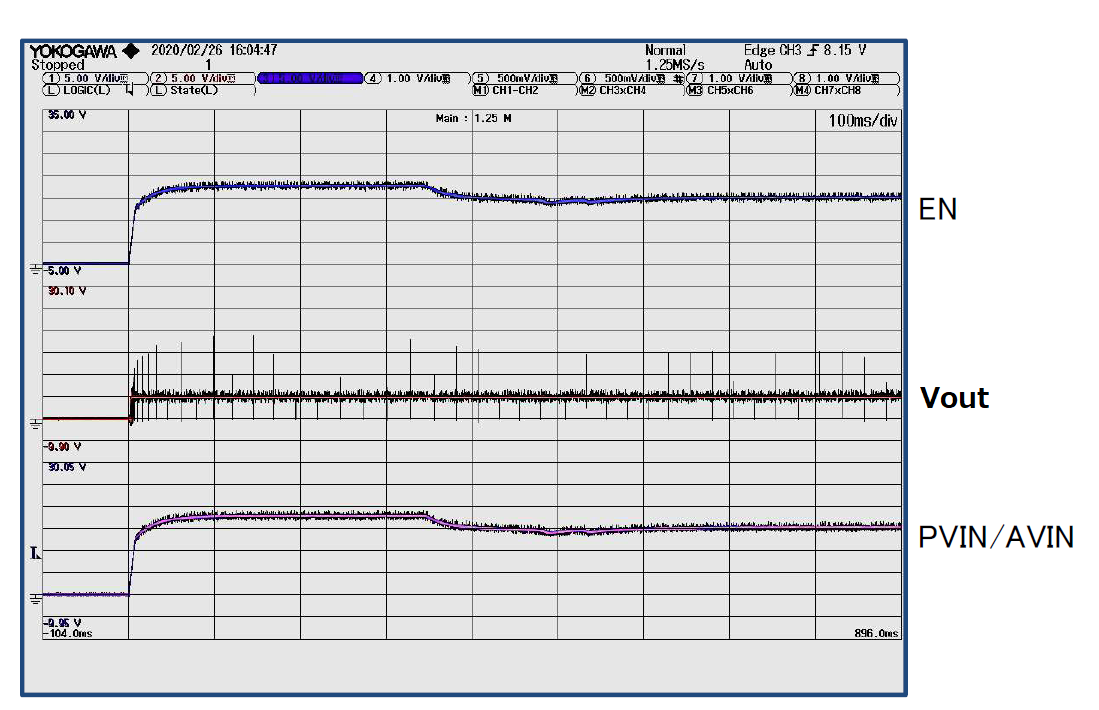TPS62140A was occur EOS much for failure, please let me confirm about TPS62140A specification below;
①About TPS62140A and the same series, these device occur possibility of EOS for EN: High→Low on heavy load condition.
・Please let me know about threshold of "Heavy" Load.
・Is light load certainly not occur EOS?
・Is there any measure EOS for additional circuit?
②If there any correction point or confirm point for below circuit, please let me know.
Schematic and waveform, layout is attached below;
(I think that schematic was not find mistake)
Best regards,
Satoshi


